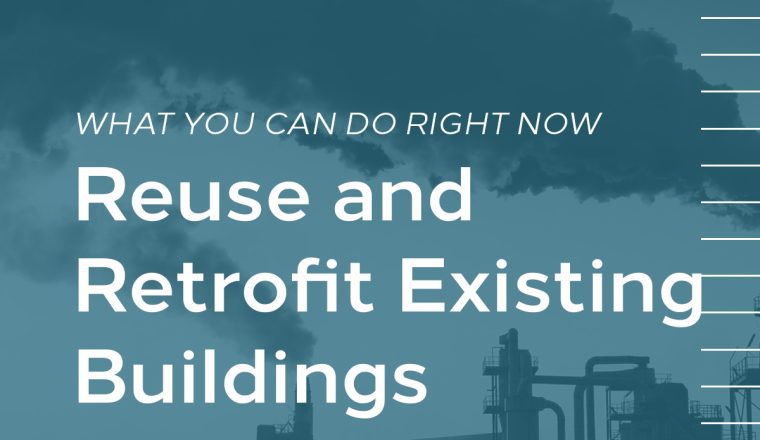New climate change report shows need for urgent action – Public and private actors must act now to get to net zero” – World Economic Forum, August 9, 2021
 The latest UN Intergovernmental Panel on Climate Change (IPCC) Report, Climate Change 2021: The Physical Science Basis is now available and, while there is hope, we all must act now—including the architecture profession.
The latest UN Intergovernmental Panel on Climate Change (IPCC) Report, Climate Change 2021: The Physical Science Basis is now available and, while there is hope, we all must act now—including the architecture profession.
California architects have a vital role to play in addressing climate change. There is no more time to debate the responsibility of the built environment, and those who design it, to respond aggressively to this global emergency.
AIA CA has taken a stand with the Declaration of Climate Emergency issued August 6, 2021. Together, we believe it is possible to slow, and, in some cases, reverse the worst impacts of climate change. However, we must move and challenge others to move with alacrity.
But don’t just take out word for it, visit any of these major news outlets:
https://www.bloomberg.com/news/articles/2021-08-09/ipcc-report-on-climate-science-5-key-takeaways
https://www.nytimes.com/2021/08/09/climate/climate-change-report-ipcc-un.html
And, if you are not so inclined to read the full 3,949-page report, view the IPCC summary here.








 The AIA CA supports decarbonization of the built environment, and the reach codes that have allowed such rapid movement forward in supporting climate action. We also believe that these objectives will be more efficiently served when there are uniform, nationally vetted standards put into place to achieve them. One such national standard is the ZeroCode, developed by the non-profit Architecture 2030 organization, a world leader in climate action innovation. This code has been officially vetted and approved to be an appendix in the International Energy Conservation Code for 2021.
The AIA CA supports decarbonization of the built environment, and the reach codes that have allowed such rapid movement forward in supporting climate action. We also believe that these objectives will be more efficiently served when there are uniform, nationally vetted standards put into place to achieve them. One such national standard is the ZeroCode, developed by the non-profit Architecture 2030 organization, a world leader in climate action innovation. This code has been officially vetted and approved to be an appendix in the International Energy Conservation Code for 2021. 

